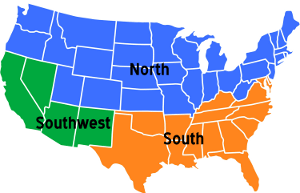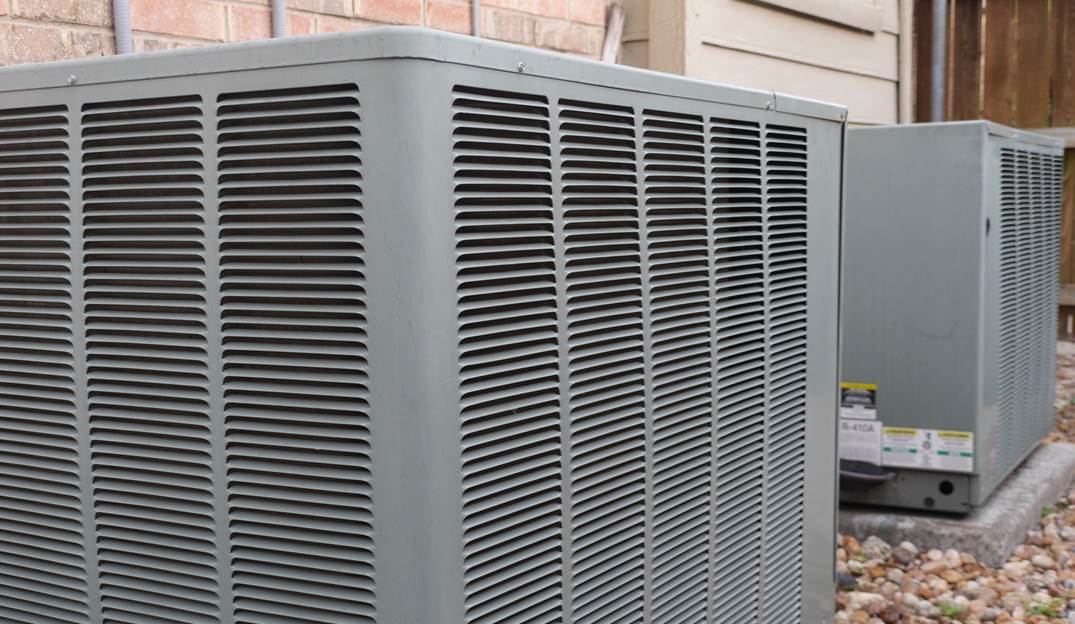Air conditioning energy savings. The “dog days” of summer are upon us! Some sources claim these at the days from early July to mid-August while others say it is mid-July to early September. Regardless of the exact dates, managing your electricity bill during the hottest part of the summer can be a challenge. Some residential customers can shop for lower electricity rates. There are also plenty of low-cost ways to save on electricity in our homes. Unless you are able to lower your electricity rate, the elephant in the room is your air conditioner. For most of us, this is the largest source of electrical usage during the summer and the most expensive to replace.
The worst-case scenario is to have your air conditioner fail in the summer. Repair and installation technicians are busy. Furthermore, living without cooling in some parts of the country can be dangerous, especially for the elderly or people with chronic illnesses. If your A/C technician became an extended member of your family this summer, it might be time to consider replacing the unit. Knowing some of the basic terminology will help demystify the experience.
Tons of Air Conditioning
The size or cooling capacity of an air conditioner is usually expressed in tons. This does not refer to the weight of the air conditioner. The origins of the term are actually far more interesting. Back in the day, cooling used ice harvested from rivers during the winter. You can see where this is going. It takes 288,000 Btu of energy to melt one ton of ice. Over a 24-hour period, this works out to be 12,000 Btu/hour. Therefore, a one-ton air conditioner removes 12,000 Btu of heat from your home every hour. It follows that a three-ton unit removes 36,000 Btu of heat every hour.
If you use a window air conditioner, you will often find them rated in terms of Btu/hour without any reference to tons. Now you have the knowledge to convert this number to tons of cooling!
SEER and EER
There are two measurements of the energy efficiency of an air conditioner. SEER stands for Seasonal Energy Efficiency Ratio. The ratio it refers to is the cooling output compared to the energy input. In other words, if you put one watt of electricity into the air conditioner and it produces 14 Btu of cooling, it has a SEER of 14. You guessed it – the higher the SEER, the more energy efficient the unit.
SEER focuses on the efficiency of the system during the cooling season over a specific range of assumed outdoor and indoor temperatures. Unfortunately, we use this as a one-size-fits-all number. The operating efficiency of a 14 SEER air conditioner is not the same in every climate. It does allow, however, for comparison between units. In this way, it is more of a marketing tool.
EER refers to Energy Efficiency Ratio and is more of a technical number. The EER is calculated using a constant outside temperature of 95°F, an inside temperature of 80°F, and 50% humidity. This allows you to do some serious calculations on how much energy it consumes. Most window air conditioners only show an EER number because the SEER is impractical to calculate. The important thing to remember is to compare SEER to SEER and EER to EER when shopping.
Energy Efficiency Standards
 The good news is that air conditioner efficiencies have significantly increased in recent years. Before 1980, SEER values for central air conditioners were usually 6 or less. In the 1980’s, SEER crept up to 7 or 8. As of 2015, federal regulations require new units to have much higher minimum SEER ratings. In the North region, the minimum SEER is 13. The minimum SEER in the South and Southwest regions is 14. In addition, central air conditioners in the Southwest region sized less than 45,000 Btu/hour must have an EER of at least 12.2. Systems equal to larger than 45,000 Btu/hour are required to have a minimum EER of 11.7.
The good news is that air conditioner efficiencies have significantly increased in recent years. Before 1980, SEER values for central air conditioners were usually 6 or less. In the 1980’s, SEER crept up to 7 or 8. As of 2015, federal regulations require new units to have much higher minimum SEER ratings. In the North region, the minimum SEER is 13. The minimum SEER in the South and Southwest regions is 14. In addition, central air conditioners in the Southwest region sized less than 45,000 Btu/hour must have an EER of at least 12.2. Systems equal to larger than 45,000 Btu/hour are required to have a minimum EER of 11.7.
These requirements apply to split system air central air conditioners. Split systems units are the ones where the compressor is located outside the home and rest of the equipment is inside the home. Alternative standards apply to other air conditioning system configurations.
There is a diminishing return on SEER and EER. The cost of units exceeding 14 SEER is probably not justified by the energy savings. For most us, upgrading from an 8 or 10 SEER to a 14 SEER is going to be a huge improvement on our summer energy usage. Make sure that your installation technician performs a load calculation to size the system correctly. There are often good deals to found in the fall during between the heating and cooling seasons.



I would like to get some help keeping my home cool. I would like to be able to get a split system to cool my upstairs. I think it would be nice to get the best system to do so.
Siaosi,
A split system may be a good solution for your home. With a split system, you have an outside unit housing the condenser and compressor and an inside unit housing the evaporator and fan. If you have a central air or ducted setup, you might want to look at using automated dampers to create zones within your home. Split systems also work great in a wall-mounted ductless configuration. Ductless systems are available as multi-split setups that allow you to vary the degree of cooling in different areas of your home. Mitsubishi Electric and Daikin have some great split ductless systems on the market.